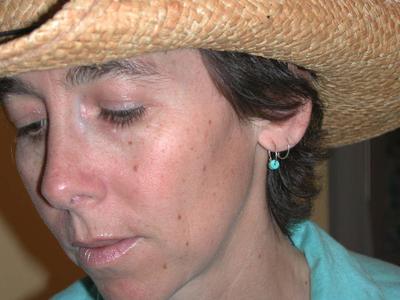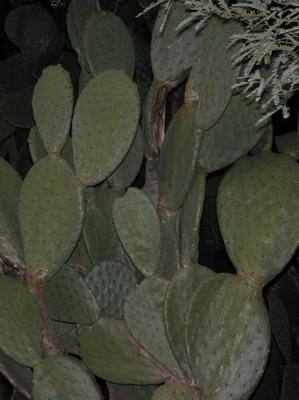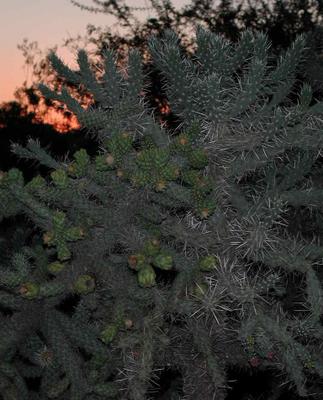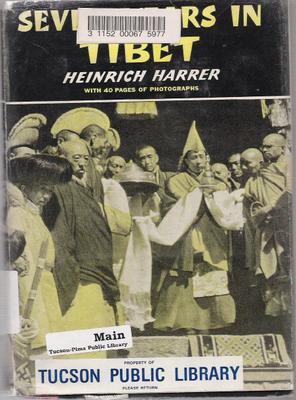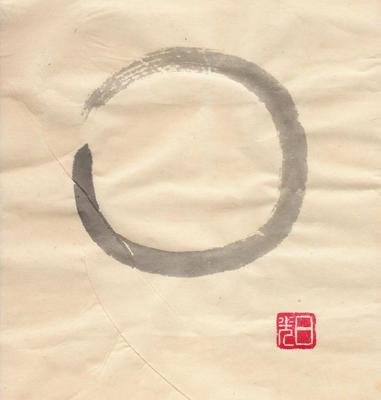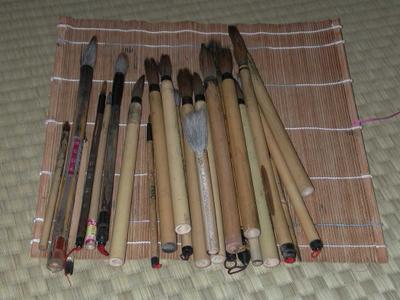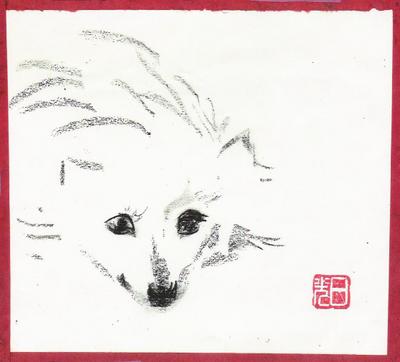
PEACE DECLARATION
This August 6, the 60th anniversary of the atomic bombing, is a moment of shared lamentation in which more than 300 thousand souls of A-bomb victims and those who remain behind transcend the boundary between life and death to remember that day. It is also a time of inheritance, of awakening, and of commitment, in which we inherit the commitment of the hibakusha to the abolition of nuclear weapons and realization of genuine world peace, awaken to our individual responsibilities, and recommit ourselves to take action. This new commitment, building on the desires of all war victims and the millions around the world who are sharing this moment, is creating a harmony that is enveloping our planet.
The keynote of this harmony is the hibakusha warning, "No one else should ever suffer as we did," along with the cornerstone of all religions and bodies of law, "Thou shalt not kill." Our sacred obligation to future generations is to establish this axiom, especially its corollary, "Thou shalt not kill children," as the highest priority for the human race across all nations and religions. The International Court of Justice advisory opinion issued nine years ago was a vital step toward fulfilling this obligation, and the Japanese Constitution, which embodies this axiom forever as the sovereign will of a nation, should be a guiding light for the world in the 21st century.
Unfortunately, the Review Conference of the Nuclear Non-Proliferation Treaty this past May left no doubt that the U.S., Russia, U.K., France, China, India, Pakistan, North Korea and a few other nations wishing to become nuclear-weapon states are ignoring the majority voices of the people and governments of the world, thereby jeopardizing human survival.
Based on the dogma "Might is right," these countries have formed their own "nuclear club," the admission requirement being possession of nuclear weapons. Through the media, they have long repeated the incantation, "Nuclear weapons protect you." With no means of rebuttal, many people worldwide have succumbed to the feeling that "There is nothing we can do." Within the United Nations, nuclear club members use their veto power to override the global majority and pursue their selfish objectives.
To break out of this situation, Mayors for Peace, with more than 1,080 member cities, is currently holding its sixth General Conference in Hiroshima, where we are revising the Emergency Campaign to Ban Nuclear Weapons launched two years ago. The primary objective is to produce an action plan that will further expand the circle of cooperation formed by the U.S. Conference of Mayors, the European Parliament, International Physicians for the Prevention of Nuclear War and other international NGOs, organizations and individuals worldwide, and will encourage all world citizens to awaken to their own responsibilities with a sense of urgency, "as if the entire world rests on their shoulders alone," and work with new commitment to abolish nuclear weapons.
To these ends and to ensure that the will of the majority is reflected at the UN, we propose that the First Committee of the UN General Assembly, which will meet in October, establish a special committee to deliberate and plan for the achievement and maintenance of a nuclear-weapon-free world. Such a committee is needed because the Conference on Disarmament in Geneva and the NPT Review Conference in New York have failed due to a "consensus rule" that gives a veto to every country.
We expect that the General Assembly will then act on the recommendations from this special committee, adopting by the year 2010 specific steps leading toward the elimination of nuclear weapons by 2020.
Meanwhile, we hereby declare the 369 days from today until August 9, 2006, a "Year of Inheritance, Awakening and Commitment." During this Year, the Mayors for Peace, working with nations, NGOs and the vast majority of the world's people, will launch a great diversity of campaigns for nuclear weapons abolition in numerous cities throughout the world.
We expect the Japanese government to respect the voice of the world's cities and work energetically in the First Committee and the General Assembly to ensure that the abolition of nuclear weapons is achieved by the will of the majority. Furthermore, we request that the Japanese government provide the warm, humanitarian support appropriate to the needs of all the aging hibakusha, including those living abroad and those exposed in areas affected by the black rain.
On this, the sixtieth anniversary of the atomic bombing, we seek to comfort the souls of all its victims by declaring that we humbly reaffirm our responsibility never to "repeat the evil."
"Please rest peacefully; for we will not repeat the evil."
August 6, 2005
Tadatoshi Akiba
Mayor
The City of Hiroshima
